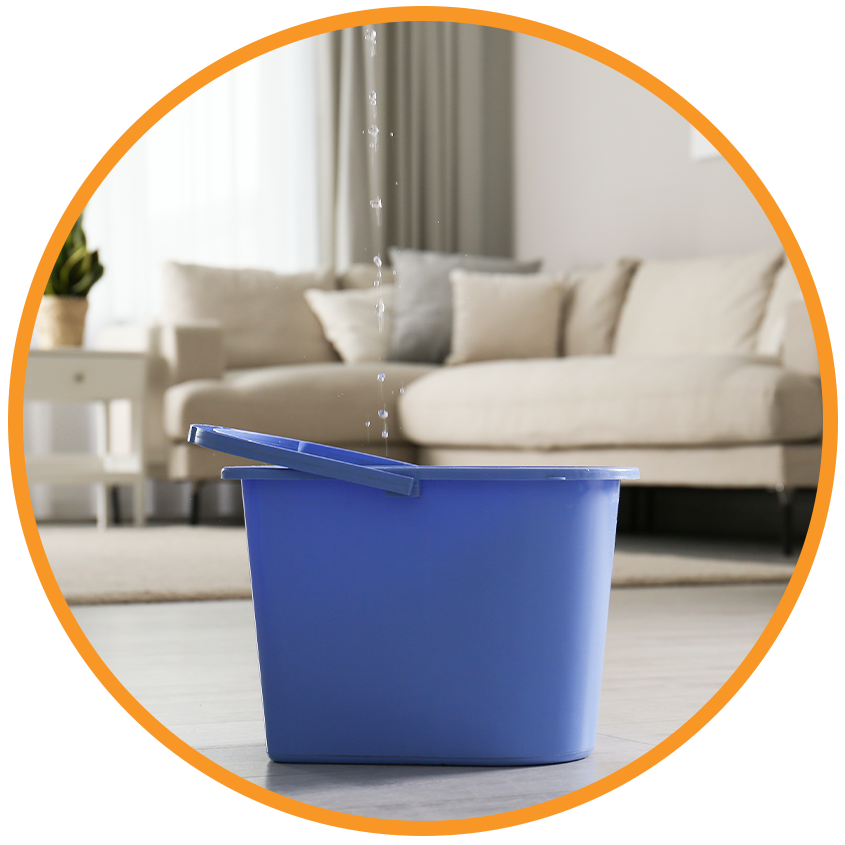A Beginner’s Guide to Choosing a .556 Suppressor for Your Firearm
Suppressors, commonly known as silencers, have become an essential tool for gun enthusiasts, hunters, and tactical users alike. For those interested in firearms chambered in .556/.223, choosing the right suppressor can significantly enhance your shooting experience. This guide breaks down everything you need to know about .556 suppressors (https://sylvanarms.com/), their benefits, and how to make an informed decision.
What is a suppressor?
A suppressor is attached to a firearm barrel to reduce the noise and muzzle blast resulting from firing a gun. While it doesn’t make the firearm completely silent, it lowers the decibel levels to protect your hearing and reduce noise pollution in your surroundings. This is particularly useful for those using .556/.223 rifles, which tend to have sharp, high-decibel reports.
Why use a suppressor?
Suppressors offer several advantages, especially for .556/.223 calibers:
- Hearing Protection
- Shooting a firearm without ear protection can lead to permanent hearing damage. While earmuffs and plugs work well, suppressors reduce noise at the source, offering additional protection for both the shooter and bystanders.
- Improved Accuracy
- Suppressors help mitigate recoil and muzzle rise, allowing for faster target reacquisition. This is particularly beneficial for beginners learning to shoot or for hunters aiming at moving targets.
- Reduced Noise Pollution
- Whether you’re at the range or out in the field, a suppressor minimizes the impact of loud gunfire on others in the vicinity.
- Better Hunting Experience
- For hunters, suppressors not only make shooting more comfortable but also prevent spooking nearby games, offering more opportunities for a successful hunt.
Key Features to Consider
When choosing a suppressor for your .556/.223 firearm, consider these factors to find the right fit for your needs:
1. Material
The material of a suppressor impacts its durability, weight, and heat resistance. Common materials include:
- Titanium: Lightweight, durable, and corrosion-resistant, titanium is ideal for those who prioritize portability and long-lasting performance.
- Stainless Steel: A robust and cost-effective option that’s slightly heavier than titanium.
- Aluminum: Lightweight and affordable but less durable for high-volume shooting.
2. Weight and Size
A heavier suppressor can affect your rifle’s balance, making it cumbersome for extended use. Look for a lightweight option, especially if you plan on carrying your rifle over long distances while hunting.
3. Mounting Options
Suppressors are typically attached via direct thread or a quick-detach (QD) system:
- Direct Thread: Screws directly onto the barrel and offers a secure fit. It’s simple but slower to install and remove.
- Quick Detach: Allows for faster attachment and removal, often favored by tactical users.
4. Sound Reduction
Decibel reduction is the main goal of a suppressor. While most .556 suppressors reduce noise to hearing-safe levels, some models excel in minimizing the sharp crack associated with supersonic rounds.
5. Durability for Caliber and Rate of Fire
Ensure the suppressor is rated for your firearm’s caliber and intended use. A suppressor rated for rapid-fire or full-auto use may be necessary if you engage in high-volume shooting.
6. Price
While cost is a consideration, avoid compromising quality for a lower price. Investing in a reliable, high-performance suppressor ensures safety and longevity.
Legal Considerations
Before purchasing a suppressor, familiarize yourself with local and federal regulations. In the U.S., suppressors are regulated by the National Firearms Act (NFA). You’ll need to complete the ATF Form 4, pay a $200 tax stamp, and undergo a background check. The process can take several months, so plan accordingly.
Maintenance Tips
Proper maintenance is critical to prolonging the life of your suppressor. After each use:
- Disassemble the suppressor (if user-serviceable) and clean the baffles to remove carbon buildup.
- Use cleaning solvents and tools recommended by the manufacturer.
- Regularly inspect for wear and tear, particularly if shooting at high volumes.
Final Thoughts
A .556 suppressor can transform your shooting experience, offering greater comfort, safety, and enjoyment. Whether you’re a beginner, a seasoned shooter, or a hunter, investing in a high-quality suppressor tailored to your needs ensures long-term satisfaction and performance. Before making a purchase, evaluate your priorities, research options, and consult professionals to find the best fit for your firearm.













